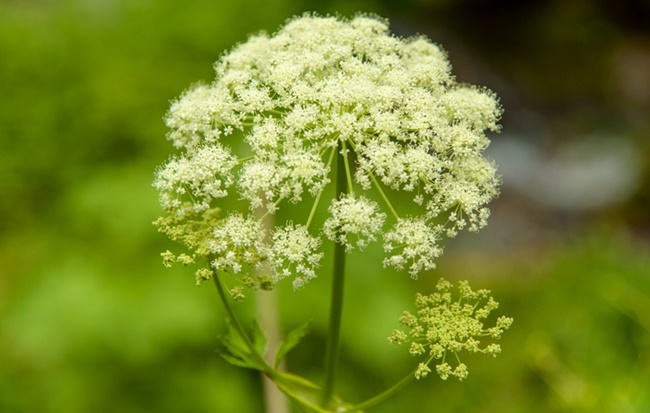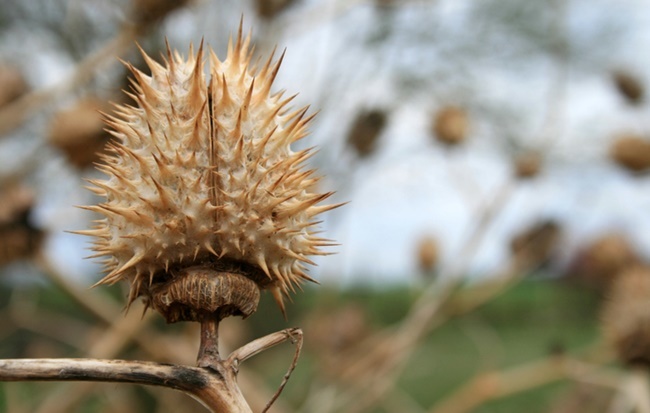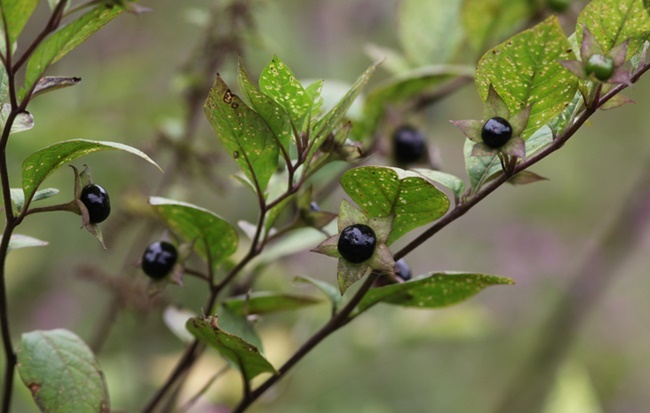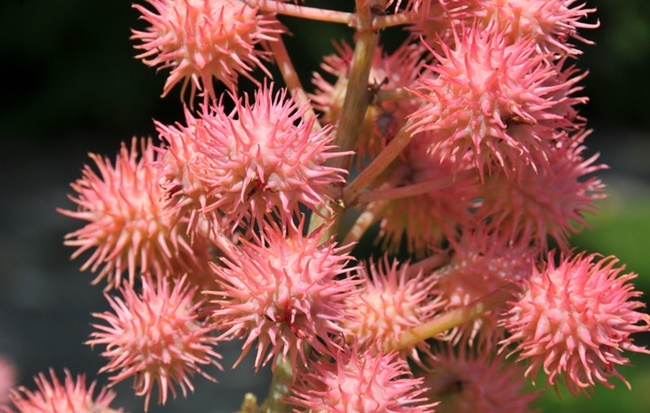Health24.com | Toxic plant causes mysterious burns on teen’s face
What started out as an ordinary summer landscaping job ended up in a Virginia hospital burn unit for Alex Childress. The 17-year-old unknowingly brushed against a poisonous plant – an encounter that left him with severe burns to his face.
Toxic shrubbery
Childress had been working outside a factory, chopping down unwanted trees and shrubbery when he encountered a giant hogweed.
Speaking to CNN affiliate WWBT, Childress said, “We were working outside a factory and I snipped down a bush and it fell and touched my face. I didn’t pay any mind to it because I do it all the time.”
Soon Childress’ skin started burning and peeling. At first his parents thought the burns were simply due to sun damage. However, as the burns became more painful, they realised that they were dealing with a bigger issue.
The hospital discovered that Childress had in fact come into contact with a giant hogweed, a notoriously poisonous plant.
According to the Minnesota Department of Agriculture, the giant hogweed, scientifically known as heracleum mantegazzianum, originates from the Caucasus Mountains in Asia. Authorities believe that it had been planted in the United States for ornamental purposes.
Childress was instructed to shower for more than an hour to rid his skin of the plant’s poison. The plant’s phototoxic properties cause its poison to be aggravated by sunlight or ultraviolet light. This meant that Childress had to be confined in an unlit hospital room for two days in order to prevent further damage to his skin.
The poison of the plant is in the sap, which is found in the flower, stem hairs and roots. Coming into contact with a giant hogweed can cause painful blisters, second- and third-degree burns, and even blindness if the sap comes into contact with the eyes.
Poisonous plants around the world
Encountering dangerous plants and harming yourself can be as easy as trimming a hedge. Here is a list of some of the most dangerous plants you could come across around the globe and even in your own backyard:
Water hemlock
Water hemlock is the plant notorious for killing the Greek philosopher Socrates. It is native to northern regions such as North America and Europe. Water hemlock can be found in areas with large bodies of water, such as river banks and marshlands. Should one come into contact with the plant, side effects include nausea, dizziness and weakness. Death can occur within 15 minutes of contact.
Jimson weed
Datura stramonium, more commonly known as Jimson weed, is native to North and Central America. It is a common plant in South Africa. A wild plant, Jimson weed can be found in abandoned fields and along roadsides. Poisoning by Jimson weed commonly occurs when people mistake the leaves for wild spinach and consume them. Symptoms of poisoning include hallucinations, fever and urinary retention.
Deadly nightshade
Deadly nightshade is a notoriously poisonous plant. The poison resides in both its berries and foliage. Scientifically it goes by the name atropa belladonna and originates in North Africa and Europe. Consuming two to four of its berries is enough to kill a child, while consuming 10 to 20 berries can kill an adult.
Castor oil plant
Although native to Eastern Africa and the Mediterranean, the castor oil plant, or Ricinus communis, is commonly found in South Africa. The bean of the castor oil plant is processed to make castor oil, a traditional oil used to treat constipation, skin conditions and various other medical ailments. Ingesting the castor bean, however, is dangerous as it contains high doses of ricin, a highly poisonous substance often used in poisoning.
Image credit: iStock





